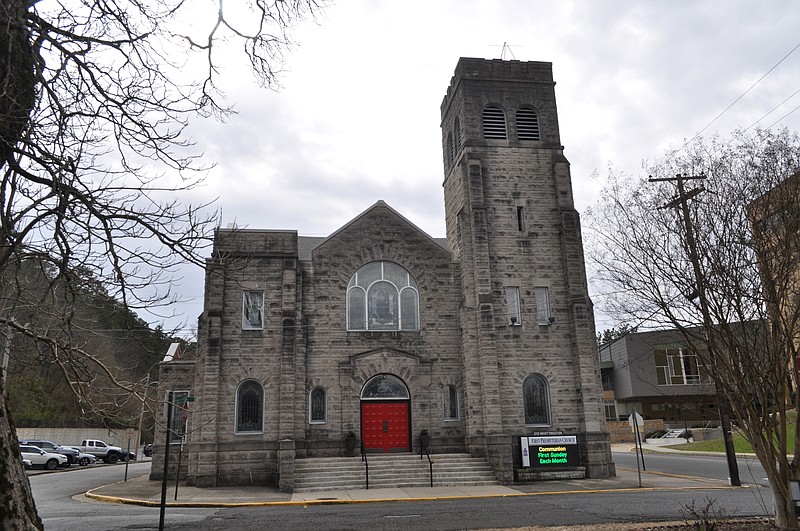Editor’s note: This is part 2 in a two-part series. Part 1 appeared March 6 in Style, see arkansasonline.com/313part.
Hiram Whittington died in 1890, but his legacy is still very much alive in the northwestern part of Hot Springs.
March 13, 2023 at 10:31 a.m.

Editor’s note: This is part 2 in a two-part series. Part 1 appeared March 6 in Style, see arkansasonline.com/313part.
Hiram Whittington died in 1890, but his legacy is still very much alive in the northwestern part of Hot Springs.